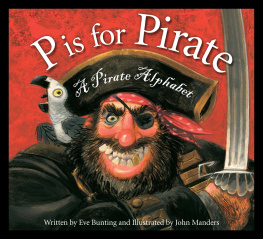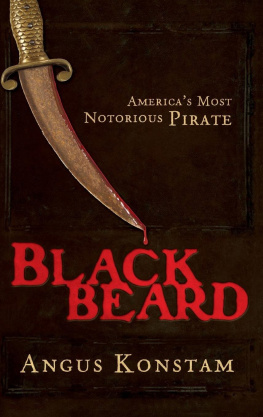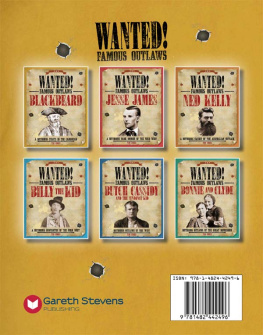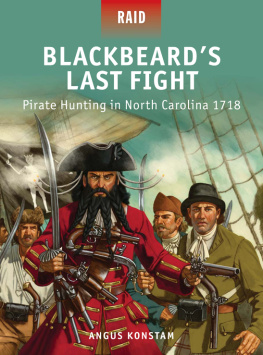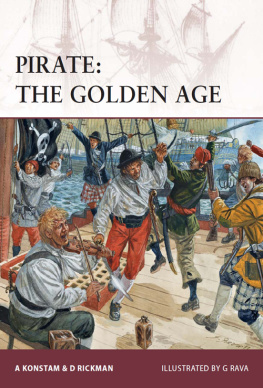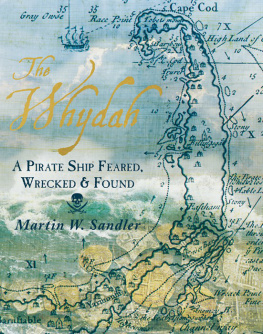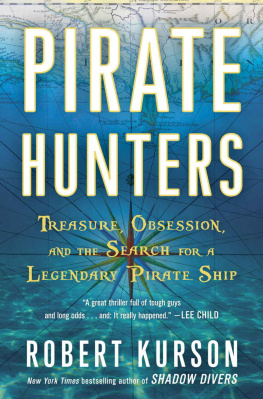
P is for Pirate
Written by Eve Bunting and Illustrated by John Manders
A Pirate Alphabet


For Keelin, aged ve, our pirate girl.
Eve
O
For Trinity, Eulalia, and Andrew
John
Text Copyright 2014 Eve Bunting
Illustration Copyright 2014 John Manders
All rights reserved. No part of this book may be reproduced in any manner
without the express written consent of the publisher, except in the case of brief
excerpts in critical reviews and articles. All inquiries should be addressed to:
315 E. Eisenhower Parkway, Suite 200
Ann Arbor, MI 48108
www.sleepingbearpress.com
Printed and bound in the United States.
10 9 8 7 6 5 4 3 2 1
Library of Congress Cataloging-in-Publication Data
Bunting, Eve, 1928-
P is for pirate : a pirate alphabet / written by Eve Bunting ;
illustrated by John Manders.
pages cm
ISBN 978-1-58536-815-0
1. PiratesHistoryJuvenile literature. 2. Piracy--HistoryJuvenile literature.
3. AlphabetJuvenile literature. I. Manders, John, ill. II. Title.
G535.B85 2014
910.45dc23
2013050683
Synchred Read-Along Version by:
Triangle Interactive LLC
PO Box 573
Prior Lake, MN 55372
ISBN-13: 978-1-68452-007-7 (ebook)

There have always been pirates, as long as there have been men filled with greed and the
lust for treasure.
As early as AD 400, Chinese and Japanese pirates prowled the seas around China and
Southeast Asia. Their ships were junks, flat-bottomed, three-masted boats with sails of
woven bamboo. By the Middle Ages piracy was well established as a profession in the Pacific
and Atlantic oceans.
By the end of the seventeenth century pirates roved the seas of the world. They preyed on
ships carrying gold and silver from South America. They plundered galleons from Africa
filled with ivory and looted ships from the East Indies laden with silks and jewels and
spices. This was indeed the Golden Age of Piracy. So much so that by the middle of the
sixteenth century most fishermen in England had a second source of income, piracy, which
they called the sweet trade!
No one who sailed on the seas at any time was safe from marauders. The young Julius Caesar
who ruled Rome from 49 to 44 BC was captured by pirates in the Mediterranean Sea in 75 BC.
The Golden Age of Piracy is long gone. But the stories and the legends, the tales of the pirates
and their ships live on.
The schooners and the merry crews
are laid away to rest
A little south the sunset
in the islands of the Blest. *
Introduction
* From A Ballad of John Silver by John Masefield.

It is hard to believe that a bunch of pirates
would have a code of conduct, rules to live
by on a pirate ship. But they did. The rules
were sworn to by each crew member and
had to be obeyed.
Each ship had its own rules, but they were
similar. They included such laws as that
every man should have an equal vote on all
important matters. That no man should
gamble at dice or cards, that all candles
be put out at eight at night, and that no
pirate should strike another on board the
ship. The captain and the quartermaster
would be given the biggest share of the
prizes taken and the rest divided according
to rank. The ship musicians were allowed
to rest on Sundays but should be available
every other day. Yes, there were musicians
on pirate ships!
A is for the Articles ( the code of conduct )
The rules were there
to see and sign .
Obey them ,
and you might be fine .

These sound like rules for a scout camp.
But a pirate ship was no scout camp. Sitting
on cannons, the men swore on bibles, on
skulls, or on crossed pistols to keep the
code. Their signed names or their marks
made it official.
Punishments for breaking the code were
ruthless. Flogging, leg irons, keelhauling,
or worse (See F.). The most severe could get
you marooned on a desert island to die of
hunger and thirst while your ship sailed
away forever across the far horizon.

John Roberts was his real name. For some
reason he changed the first name to
Bartholomew. Perhaps he thought that was
more distinguished. It was not until after his
death that he was commonly referred to as
Black Bart.
When the ship on which he was third mate
was captured by pirates, Roberts was forced
to join the pirate crew. In an honest service
there is thin commons, low wages and hard
labor, he said once and finished by
announcing, No, a merry life and a short
one shall be my motto.
As an excellent navigator he was very
valuable. When the captain of the Royal
Rover was shot, Roberts was voted into
the job. History judges him to be the most
successful pirate of the Golden Age.
B is for Black Bart
He was a kid of thirteen years
when first he went to sea .
At that time he had no idea
a pirate he would be .

Roberts was a ruthless captain and was not
squeamish about torturing captives to get
what he wanted. By 1721 he had a squadron
of four ships under his command and was in
control of hundreds of men.
His crew believed he was pistol proof
because he came through so many battles
uninjured. But he was not. When his ship was
attacked by the Swallow he was struck in the
throat by grapeshot and died on the deck.
The crew member who found him, collapsed
across the blocks and tackles of a gun, burst
into tears. He was buried at sea. It is
believed that Robertss death marked the

